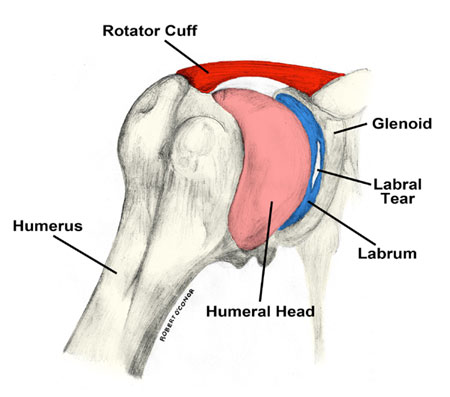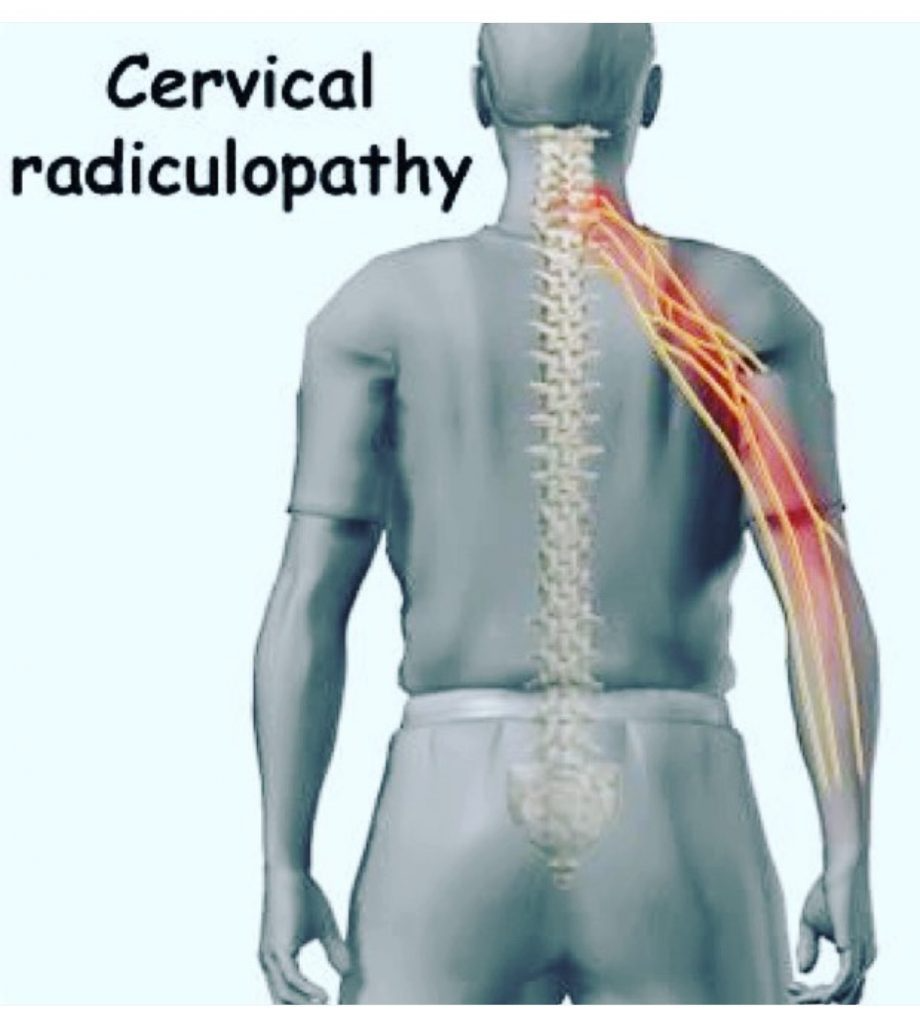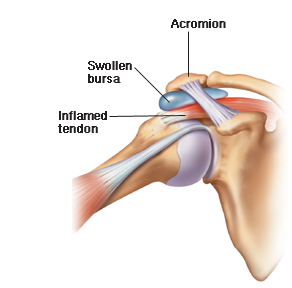When physical therapists learn that a patient is experiencing shoulder pain, they usually start thinking about the most common reasons for this. While every patient is different, medical science has taught us a lot about the top causes of shoulder pain.
If you are experiencing shoulder pain and start coming to Robbins Rehab in Bethlehem, you know you’re in good hands for treatment. We always like to educate our patients while we are helping them feel better.
With that said, here are the most common causes of shoulder pain.
Rotator Cuff Impingement
A shoulder impingement occurs when the space between your rotator cuff and acromion narrows and increases pressure to the rotator cuff. This causes impingement when you raise your arm. Impingement is typically due to overuse; repeated use of the shoulder can make your tendons swell, leading them to catch on your acromion.
The shoulder joint is the most mobile joint – no wonder why shoulder stability and strength is so important!
People who are at risk for impingement include:
- Those who play sports that include constant overhead movements, such as swimming, baseball, and tennis
- Individuals whose jobs require a lot of heavy lifting or repetitive movements
- Those who sit at desks for extended periods and tend to have their shoulders rounded forward
You have possible shoulder impingement if you have these symptoms:
- Pain when you lift your arm
- Weakness of the shoulder
- Pain that goes from the front of the shoulder to the side of the arm
Labrum Tear
The labrum in your shoulder is a piece of fibrocartilage that lines and reinforces the glenohumeral joint (or shoulder socket). The labrum is the attachment site for the ligaments and supports the ball and socket joint along with the rotator cuff and other surrounding musculature of the shoulder. It contributes to stability, and when torn, can lead to partial or complete shoulder dislocation.

SLAP tear or lesion
“SLAP” stands for superior labrum anterior and posterior. The tear occurs in the top, or superior, area of the labrum, where the biceps tendon is attached, frequently causing the biceps tendon to be injured, as well. Typically, if this tear is not severe, then it can typically be treated conservatively with physical therapy and exercise.
Bankart tear or lesion
Bankart tears typically occur when someone sustains a shoulder dislocation. As the shoulder dislocates and comes out of the socket, it often tears the labrum, especially in younger people.
Posterior labrum tear
This is extremely uncommon, but a shoulder injury to the back area can cause a posterior tear.
Symptoms of a labral tear include:
- Pain
- Catching
- Locking
- Popping
- Grinding
Causes of labral tears include:
- Overuse of the shoulder
- Frequent overhead movements
- Falling onto an outstretched arm
- Direct trauma to the shoulder
Nerve Irritation
Another common cause of shoulder pain is a pinched nerve from the cervical spine, also known as cervical radiculopathy. A nerve can become pinched for a number of reasons, including: when too much pressure is applied to a nerve from surrounding tissues such as muscles or tendons, bone, or ligaments.
Aside from tissue restrictions, nerves can become pinched from changes in the spine, such as herniated or bulging discs. There are three main nerves that go from your cervical spine down to your hand: the ulnar nerve, median nerve, and radial nerve. It is likely that one of these three nerves is being pinched or compressed somewhere along the nerve route that is causing your pain.

Signs and symptoms of a pinched nerve include:
- Usually unilateral, meaning only on one side
- May get worse if you turn your head
- Feeling of pins and needles in your shoulder or down to the hand
- Sharp, aching, or burning pain that may radiate
- Weakness in the arm
How to prevent further injury:
- Maintain good posture – reduce forward head posture and rounded shoulders
- Incorporate stretching and strengthening into your daily routine, such as pullover for shoulder pain exercises
- Limit repetitive movements and activities and stop activities if they cause pain or irritation
Visit Robbins Rehabilitation West Today
At Robbins Rehabilitation West, we work to serve you, the patients, every day. We hope you have learned something about the main reasons for shoulder pain here. Whether you have shoulder pain, back pain, or any other uncomfortable physical condition, we are available to help.
By the way, if you’re looking for more information and someone to tell you what is going on with your lower back pain, you can take our back pain quiz to see what you should do in your case. No matter what, though, you can come in for a free screen with one of our therapists.
It’s a 30-minute, 1-on-1 appointment with a physical therapist. You’ll receive the following:
1. A DIAGNOSIS: Discover the cause of your pain so that you can attack the problem successfully.
2. A PROGNOSIS: Find out how long it will take to fix your back pain for good so you can get back to all the activities you used to do before your injury.
3. A PLAN: Your physical therapist will lay out a clear plan that outlines what will be required to get you back to normal.
All you need to do to get started is to call (610) 839 – 8764 and pick your time and location. We look forward to meeting you and getting you back to normal!


